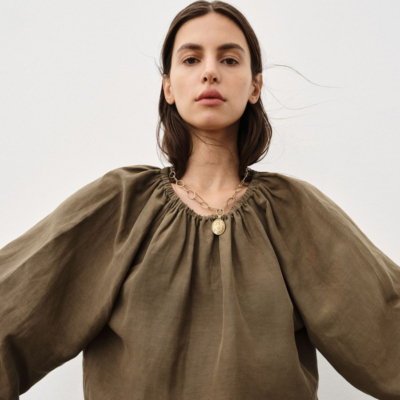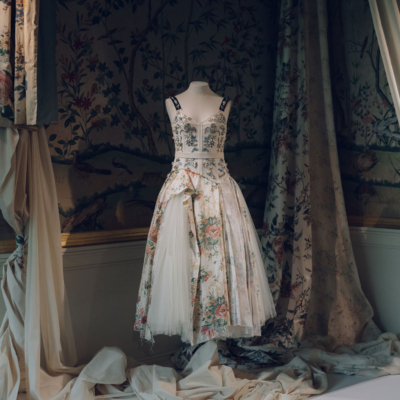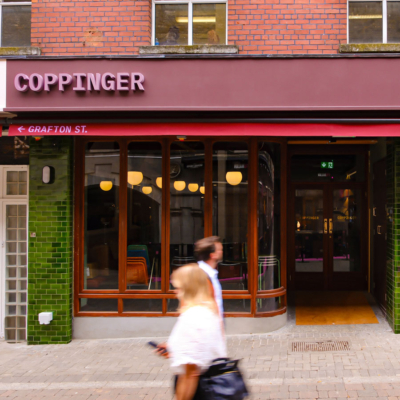France is reclaiming Malbec … Julie Dupouy explains
Main Image; The Pont Valentre bridge on the River Lot in Cahors.
Argentinian Malbec is one of the great wine success stories of the 21st century. An attractive inky purple colour, a nose packed with ripe dark fruits and spices, and a generously fleshy palate with fine-grained and smooth tannins have seduced countless winelovers around the globe. Yet, despite the common belief, the real homeland of Malbec is deep in Southwest France. DNA analysis has determined that the Malbec variety, known locally as Auxerrois or Côt, was born from a cross-pollination of the grapes Magdeleine Noire and Prunelard. Experts believe that this random act of nature happened sometime during the Middle Ages, somewhere on the banks of the river Lot, in the region of Cahors, in Southwest France.
The “black wines” of Cahors earned their reputation in the 12th century when Eleanor d’Aquitaine, the only woman to have been both queen of France and of England, introduced the wines to the Court of Louis VII. Fifteen years later, as she divorced King Louis to marry King Henry II, the wines of Cahors made their way to England alongside those of Bordeaux.
As the reputation of Malbec grew across the Channel, the wines were also showing up at Mass. Pope John XXII was a native of the village of Cahors and declared Malbec the preferred communion wine.
From the mid-17th century, the variety spread further west and became one of the prime varieties in the region of Bordeaux. In fact, the name Malbec itself found its origin there when an 18th-century producer, Monsieur Malbeck, decided to use his name to promote his wines.
Praised for its ability to add colour to the blends as well complex aromas and delicate tannins, the grape quickly became the flagship of Saint-Emilion. Representing 60 per cent of the plantings of the region, Malbec took a lead supporting role, alongside Cabernet Sauvignon, for many of the Crus Classés Châteaux of the Médoc. By the end of the 19th century, the French Malbec fairytale was losing momentum. Malbec suffered desperately when the phylloxera plague devastated vineyards throughout Europe at the end of the 19th century. In 1956, a famously frosty year brought temperatures as low as -20°C, and again Malbec suffered great losses. The vineyards were mostly replaced by Merlot, Cabernet and Tannat. The style of Bordeaux wines, and to a lesser extent, those of Cahors, were henceforth on a new trajectory. In 1853, Michel A Pouget had brought cuttings of Malbec to Argentina as part of the creation of a vine nursery in Mendoza and as days for French Malbec became numbered, a new fairytale begins, with an Argentinian tone.
One hundred and fifty years later, as the world is falling in love with the emblematic grape of Argentina, its French counterpart is on its knees. The wines of Cahors are deemed rustic, austere, acidic, too extracted and too oaky. They are misaligned with the modern consumer’s palate.
I feel Cahors is now leading the way, redefining the grape in a more nuanced, subtle yet energy-loaded way
I travelled to Mendoza in 2016. I visited several wineries and tasted dozens of Malbecs. The landscape was stunning, the estates were modern and truly grand but to my taste, the wines were often disappointing. Big, bold, high in alcohol, sometimes heavy and often full of oak spices. Where were the bright flavours and crisp acidity that high altitude vineyards had promised me? I must admit that as much as I enjoyed my time there (and the amazing barbecues that were served to accompany the wines), I did come back disappointed in terms of the wine experience. Yet, out of all the tastings I did that week, one wine stood out from the pack. Zuccardi Concreto Malbec showed incredible potential and expression when fermented and aged with no new oak – it is raised in concrete tanks. I am thrilled to see more Argentinian wines starting to be produced this way but what I am most excited about is the remodelling of the wines of Cahors. Opened-minded producers understood that change was needed, and change is happening.
While there is no debate about it – Argentina saved Malbec’s global reputation – I feel Cahors is now leading the way, redefining the grape in a more nuanced, subtle yet energy-loaded way. The region has a very complex terroir divided into two main areas: the alluvial terraces in the plain of the Lot River and the Causses, a limestone-rich zone. Each of these areas are divided into complex sub-areas that contemporary producers have taken time to explore, understand and express. The modern wines of Cahors are multi-faceted and fascinating and are no longer falling into the cliché of over-extracted wines that need long ageing to reach their potential. The best examples are bright and vibrant with a deliciously crunchy fruit profile, a firm but approachable tannic structure and a seductive spicy savouriness. Of course, they still age well but they are also wonderfully approachable in their youth and more importantly, they offer great value for money. Get the barbecue fired up, use bright savoury condiments to accompany your meat, and give some modern Cahors a go. @julie_dupouy
MALBEC MARVELS

Cahors, Le Pur Fruit du Causse, Combel- La-Serre, €18.99; www.jusdevine.ie.

Vin de France, Mammouth, Benoit Guenot, Bordeaux Region, €33; www.sheridanscheesmongers.com

Bordeaux, Château Haut-Meyreau, Le Gendre, €20; www.whelehanswines.ie.

Cahors, Terrasse, Causse du Theron, €24.95 Cellar; www.blackrockcellar.com

Cahors, Les Escures, Mas del Périé, Fabien Jouves, €27; www.shop.elywinebar.ie.

Cahors, La Fage, Domaine Cosse Maisonneuve, €26.70 www.frenchwines.ie.









